Inclusive Safe Spaces, restoring hope among young people
 28 January 2025
28 January 2025
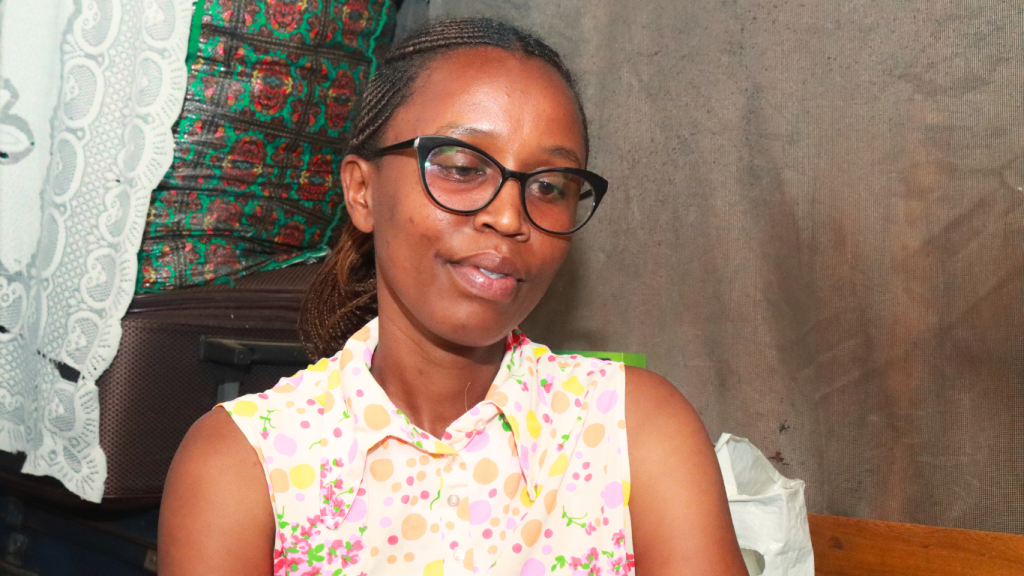
What I like most about our safe Space, is that we share a lot as much as we are also taught about Sexual and Reproductive Health and Rights (SRHR) advocacy and even the value of abstaining from irresponsible intimate partner relationships, and whatever we discuss remains there
Anne Gathoni’s life
Tears streamed down her cheeks, etching silent paths of sorrow on her face, as she recounted the agonizing memories of her childhood, growing up as a child with a disability. Each word she spoke was heavy, a testament to the profound trauma that left an unhealed wound within her. Seated on a wooden sofa set in their squire-shaped room, a picture of resilience and vulnerability. Our attention is drawn by music from her next-door neighbor because of the thin walls constructed from mere sheets of materials hence a constant battle of audio choices because for the residents of Line Saba- Kibera Slums, privacy is just but a luxury. It is what many families especially the women and young girls anticipate, but still, they hope.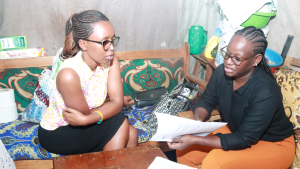
That is the life in Line Saba Ward Mashimoni Kibera slums in Nairobi County, the home for Anne Gathoni, a 30-year-old humble-spoken lady, visually impaired, and a member of the Make Way Programme’s Safe Space for adolescent girls and young women with disabilities, situated in Kibera.
“I never had a chance to speak out because I was excluded from interacting with other children, something that jeopardized my social life, While growing up my parents hid me from associating with other children, and could not even make friends, especially during the holidays they could not allow me to interact nor play with them and this immensely affected me mentally, but now the safe space has elevated my life socially, psychologically and academically I have even created friends I can share with the issues I go through as a young person,” she emotionally narrated.
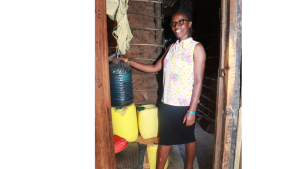
Anne who stays with her elder sister spends most of her days indoors anticipating her sister’s returning home from her job in the industrial area every evening, her being visually impaired besides the attributes of a section of Kibera Slums they reside in, she finds it okay just being in the compound unless her friend Emily picks her up for the safe space meeting sessions.
Joining the Safe Space
“Emily who had been attending the safe space for some time asked me if I could join the safe space because of the benefits it has for young people especially for young girls with disabilities like me and in September 2023, I joined the safe space” she narrated.
Anne says that in their safe space which serves as a beacon of hope and a haven for 28 girls, they meet once a month and what she likes is the teachings and skills she has acquired since she started participating as a young person with a disability.
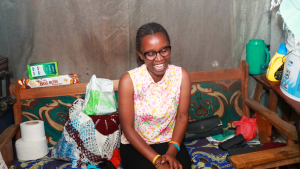
“What I like most about our safe Space, is we share a lot as much as we are also taught about Sexual and Reproductive Health and Rights (SRHR) advocacy and even abstaining from irresponsible intimate partner relationships, and whatever we discuss remains there,” she said with a smiley face
Safe space which stands as an avenue for SRHR advocacy for young girls with disabilities has an aspect of inclusion and intersectionality where Anne says that in their safe space, they are all included and everyone is given time to express themselves they feel valued and respected.
“Through the safe space I have known my rights, especially as a young person with a disability and I can advocate for it. I am looking forward to acquiring extensive knowledge on Gender-Based Violence (GBV), advocating access to quality healthcare and pad making because before I joined the safe space I was so gloomy and never accepted myself, and this safe space has boosted my self-esteem and acceptance, “she said.
Challenges as a young person with disability
However, as a person with disability mostly mobility is an issue and Anne is not an exception as she faces physical barriers especially while crossing the road because she needs a guide to reach her destinations, especially during the safe space sessions where her friend has to come pick her up.
Anne concludes by calling on young people to stand up raise their voices share their stories and find where they can be heard by joining safe spaces at the same time calling on the older generation to give young people space, opportunity, and time to explore their potential.
“Speak and find solutions in safe spaces to avoid sinking into the pool of depression, even if the Make Way programme ends today, I will still be motivated to attend our safe space sessions because of its value to the girls in this community!” She amplified.
The Make Way Programme
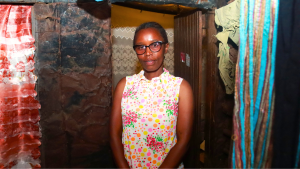
Adolescent girls and young women with disabilities, in particular, face a myriad of intersecting challenges. These obstacles hinder their access to quality sexual and reproductive health (SRH) services, be it due to inadequate education, economic hardship, insufficient parental support, or the barriers imposed by disability. Despite these hurdles, numerous young women strive to overcome adversity and fulfill their potential.
In the informal settlements of Kibera and Mukuru Kwa Reuben in Nairobi County, Cheshire Disability Services Kenya through its partner Organization, Afya Research Africa, established a safe space for adolescent girls and young women with disabilities (AGYWDs) serving 28 and 24 girls respectively, the main aim of this initiative was to create an avenue for these girls to share their lived experiences on SRH, at the same time empowering them to advocate for comprehensive SRH service delivery in the health care centers especially for young persons, with a hope that this will enhance SRH quality service delivery.
Make Way Programme’s theme is “Embracing intersectionality for health equity and justice” MakeWay.org. Where intersectionality, as coined by civil rights scholar Kimberlé Crenshaw, is an understanding that different sets of social identities like race, class, sexuality, etc. overlap to impact access to rights and opportunities. In this aspect, disability and other compounding vulnerabilities to access better SRHR services. Through the safe spaces, they can understand why the intersectionality concept should be applied in the health systems.



